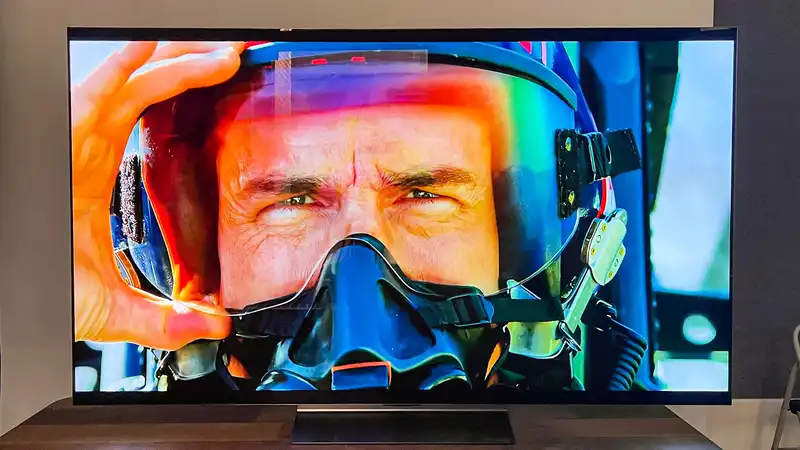Even the best OLED TVs have some drawbacks, the main one being the burn-in effect that occurs with prolonged use.
A study led by the University of Cambridge and published in Nature highlights newly designed ultra-narrow blue emitters that bypass the energy transfer limitations directly related to burn-in in conventional OLED TVs (whether inexpensive models or not). [These blue light-emitting diodes designed by the researchers utilize an alkylene-strap insulated light-emitting core, as opposed to a high-gap matrix, ensuring that blue OLEDs used in TVs and other devices suppress unnecessary levels of energy transfer.
Although in the early stages of research, this molecular design process for blue light-emitting diodes could not only put an end to the prolonged burn-in of OLED TVs, but also make the panels of such devices much more energy efficient.
Burn-in is a problem with virtually all televisions, but it arguably rears its ugliest head in OLED panels due to the pixel degradation caused by prolonged exposure to static images on the screen. In short, OLED burn-in was a major problem in older models, but has been largely remedied by improved chemistry and radical software upgrades.
This problem has left many buyers wondering if OLED TVs are worth it. Over the past year or so, some newer sets have added protective measures to combat the threat of OLED burn-in, such as pixel cleaning cycles, but it is still a problem that has not been fully resolved.
This is because researchers at the University of Cambridge have come up with a new molecular strategy using blue light-emitting diodes. This approach eliminates the need for manufacturers to rely on the high-energy-gap matrix components typically used to suppress energy transfer between the emitter module and the sensitizer.
Blue OLEDs are notorious for being the most constrained light emitting diodes in the spectrum, but they are absolutely necessary for all RGB displays, hence the "B." The aforementioned energy transfer between the sensitizer and the light-emitting module is generally the main cause behind the problems with blue OLEDs, but this new process could put an end to this conundrum and make OLED panels more energy efficient in the process.
Could this new breakthrough lead to burn-in resistant OLED displays? Definitely not anytime soon, but if this research proves viable at the manufacturing level, the possibility certainly exists: technologies such as QD-OLED, MLA, and even PHOLED panels may already be the answer to OLED's burn-in limitations.










Comments